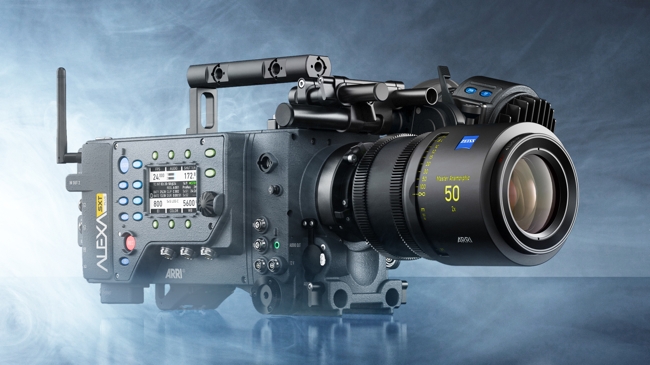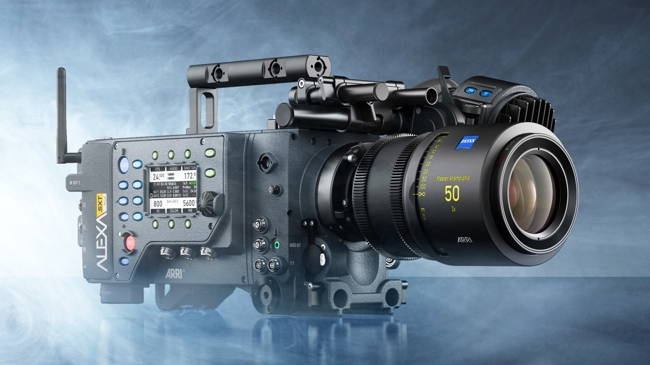
 ARRI
ARRI
The new ALEXA XST is a technological tour-de-force that uses ARRI's classic sensor. How does it get 4K from this less-than-4K imager? And what are the advantages of this approach?
The new ARRI ALEXA SXT "records" to various flavours of 4K, and yet uses a sensor with fewer pixels than needed for this numerical resolution. How does this work? By very mild upscaling, which means that all the advantages of the "classic" sensor are retained - including larger photosites - with all the benefits of being able to deliver in 4K.
We asked ARRI to explain how exactly this works. Thanks to Marc Shipman-Mueller, Product Manger, Camera systems, for getting back to us so quickly.
Here's what Marc said:
"The method by which we achieve the ProRes 4K recording is no secret; just like in the AMIRA, we do a mild up-sample. Now that we have the very powerful ALEXA 65 electronics available, we can easily do this in-camera, and, as you so nicely put in your article, 'This relatively small increase in pixel numbers will preserve the fundamental qualities of the picture that filmmakers seem to love.’ This is so and we have shot numerous tests to prove it. Having large photosites gets us higher dynamic range, more sensitivity and less noise than other sensors with smaller photosites. Our own color science gets us better looking skin tones and a better ‘roll-off’ from almost overexposed to fully overexposed. All that combines to give the ALEXA the best overall image quality, and that holds up very, very well when mildly up-sampled.
In the ALEXA SXT we distinguish between the ProRes 4K UHD recording format (3840 x 2160) which is designed for a 4K UHD TV deliverable (3840 x 2160), and the ProRes 4K Cine recording format (most likely 4096 x 2637), which is designed for a 4K DCI cinema deliverable (4096 x 2160). ProRes 4K UHD is derived from 3.2K on the sensor, and ProRes 4K Cine is derived from 3.4K on the sensor, thus both use the same high quality 1.2x up-sample filter.
The ProRes 4K UHD recording format is the same as in the AMIRA and ALEXA Mini. The ProRes 4K Cine recording format is unique to the ALEXA SXT."
We would just add that it's probably wrong to think of this as upscaling in the way that TVs upscale from HD to 4K; it's more likely that the upscaling takes place at the same and in the same place as the debayering, which is in any case, a rather loose way of looking at the number of pixels on a sensor as opposed to the pixel resolution of the images it outputs.
Tags: Technology


Comments